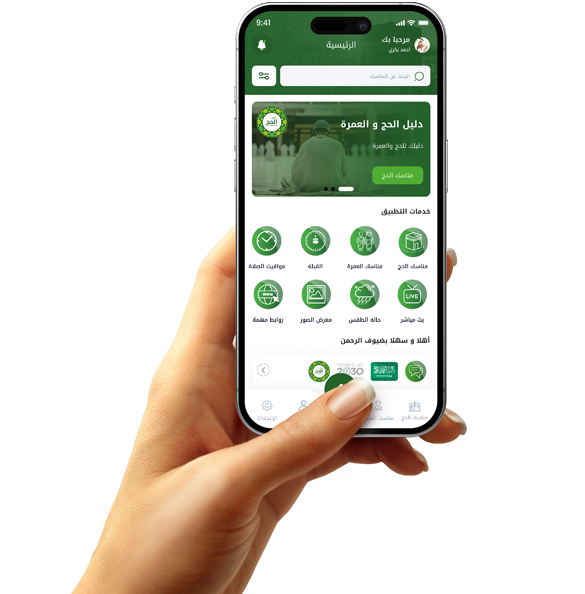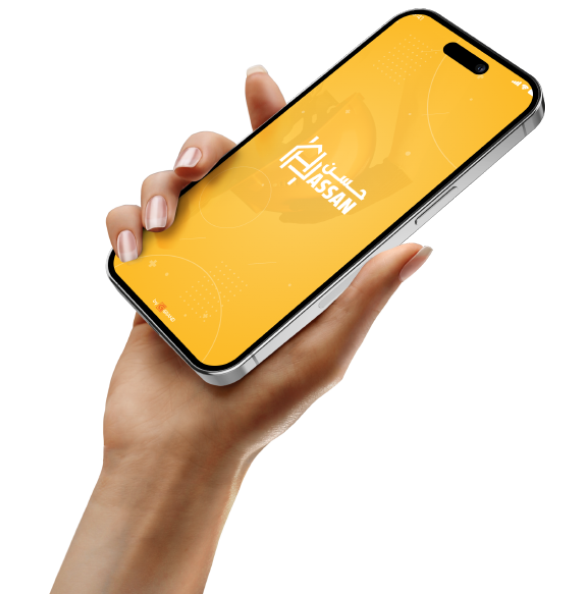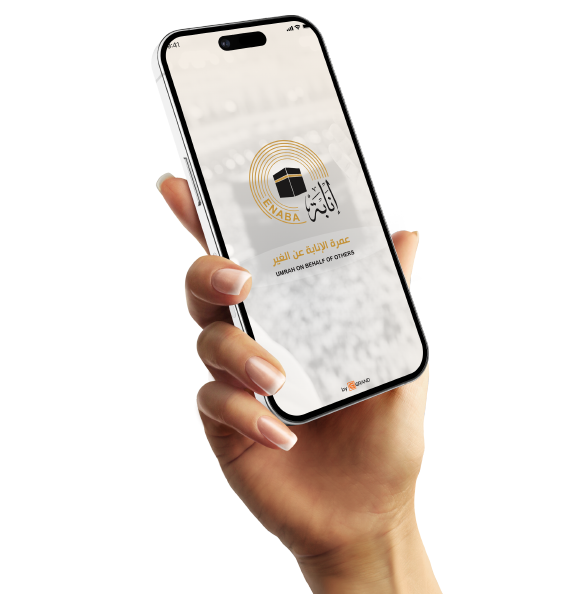In-app analytics are your key to continuous improvement.

Analytics as a Tool for Detecting Crashes Before Users Complain
One of the greatest benefits of in-app analytics is its ability to detect bugs and technical issues before they reach you from the user. Instead of waiting for a negative review or angry store comment, the data gives you early signals that prompt you to take immediate action.
When you suddenly see a spike in app exit rates on a particular page, or a drop in order completion rates, this could be an indication of an unnoticed technical glitch in the interface or a function that isn't working properly. This is where real-time analytics comes in.
Some advanced analytics tools even allow you to track crashes and freezes, showing you the device type, system version, and even the bug that occurred. This gives your development team a precise starting point for quickly resolving the issue.
More importantly, you don't just discover the bug; you know its actual impact on user behavior. Not every bug has the same impact, and bugs can cause significant losses that would go unnoticed without an effective analytics system.

Measuring Interaction to Design a Better User Experience
One of the most important aspects of in-app analytics is measuring user interaction with various interface elements and features. It's not enough to simply launch a new feature or redesign the home screen; you must also monitor how the user interacts with it and whether they find it truly useful.
For example, if you add a new button to request express service, analytics can tell you how many clicks it receives, how many users actually press it, and how many of them complete the step. These numbers alone reveal the value of the feature to the user.
Analytics enables you to map usage for each session and show you the user's journey within the app, from the moment they first open the app until they exit. Did they go directly to what they wanted? Did they get lost in the interface? Did they hesitate a lot before taking a step? All of these indicators are invaluable for improving the user experience.
Users don't always express how they feel, but their actions within the app reveal everything. If you ignore these signals, you're leaving the user experience to chance. Poor interaction may not mean the feature is unimportant, but it may simply be unclear or inconsistent.

Connecting Analytics to App Business Goals
In-app analytics are not just useful for technical purposes; they are an essential tool for evaluating and achieving the business goals of any digital project. Is your goal to increase sales? Improve subscription rates? Reduce drop-off rates? Data is key to measuring all of this.
By tracking your users' journey, you can see where they come from, how many convert to actual purchases, and how many drop out. This data gives you a clear picture of your app's effectiveness in achieving the desired return.
Let's take a simple example: If you notice that the number of times products are added to the cart is high, but the number of purchases is low, analytics reveals that the problem isn't with the products, but with the checkout or shipping experience. This is where the real value of improvements begins.
Business goals such as "increase average order value" or "increase the number of repeat orders" become easier to track when linked to clear in-app data points. Over time, you can build a performance dashboard that links each business decision to the corresponding user engagement.

Analytics to Segment Users and Understand Each Segment's Behavior
Not all users within your app behave the same way, nor do they expect the same experience. This is where analytics' power shines in segmenting your audience into specific behavioral segments based on their actual app usage.
With this data, you can differentiate between new users and returning users, between one-time purchasers and repeat users, and between those who download the app but don't complete registration. Each category represents a segment that requires different interactions and tailored updates.
Analytics helps you intelligently track these segments. For example, you may discover that a particular segment interacts more during certain hours, prefers different payment methods, or stops using the app after a certain point. This information gives you the ability to personalize the experience.
You can also build customized marketing campaigns for each segment. Active users can be incentivized with exclusive offers, while inactive users can be reactivated with thoughtful reminders based on their recent activity data.
This type of segmentation helps improve content, design offers, and even modify the user interface for each group based on their preferences and actual behavior.















